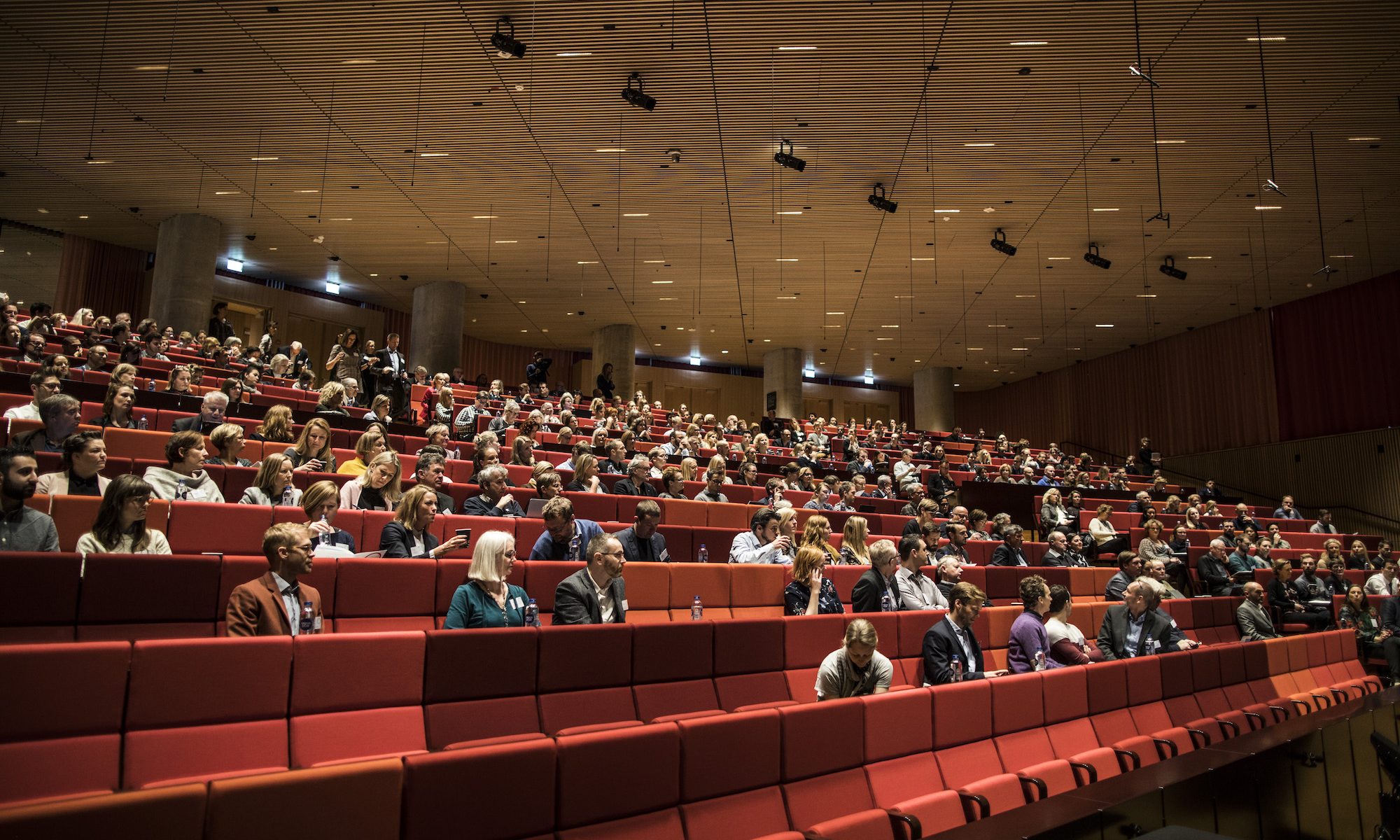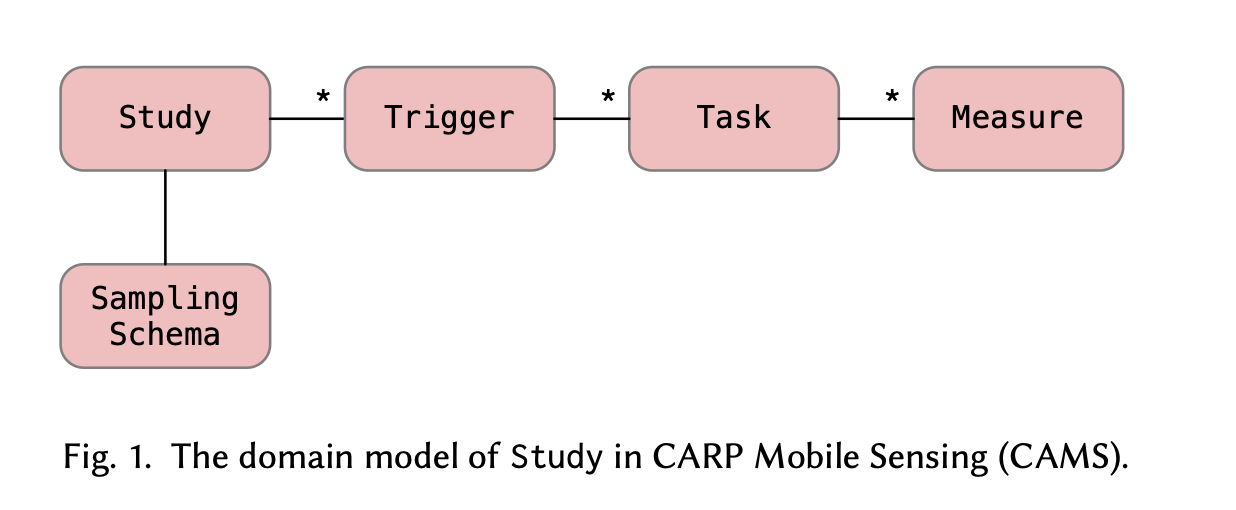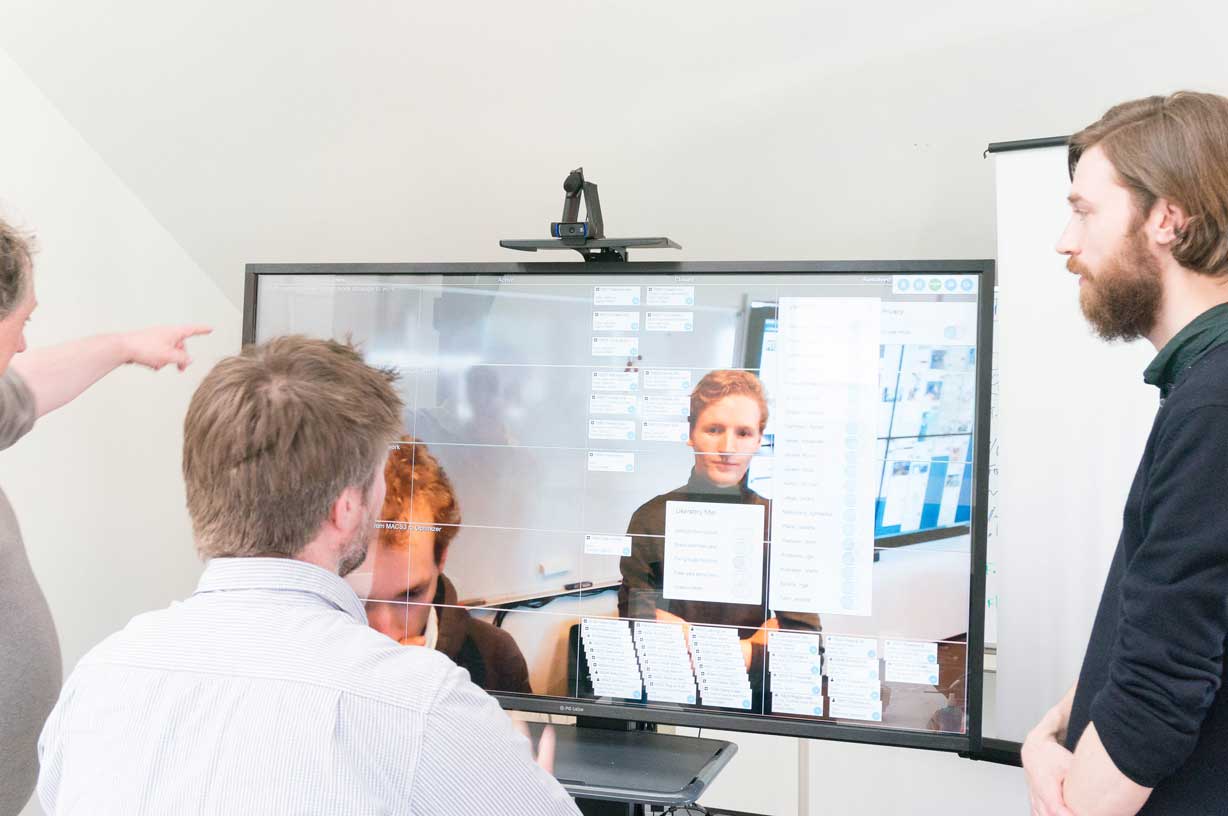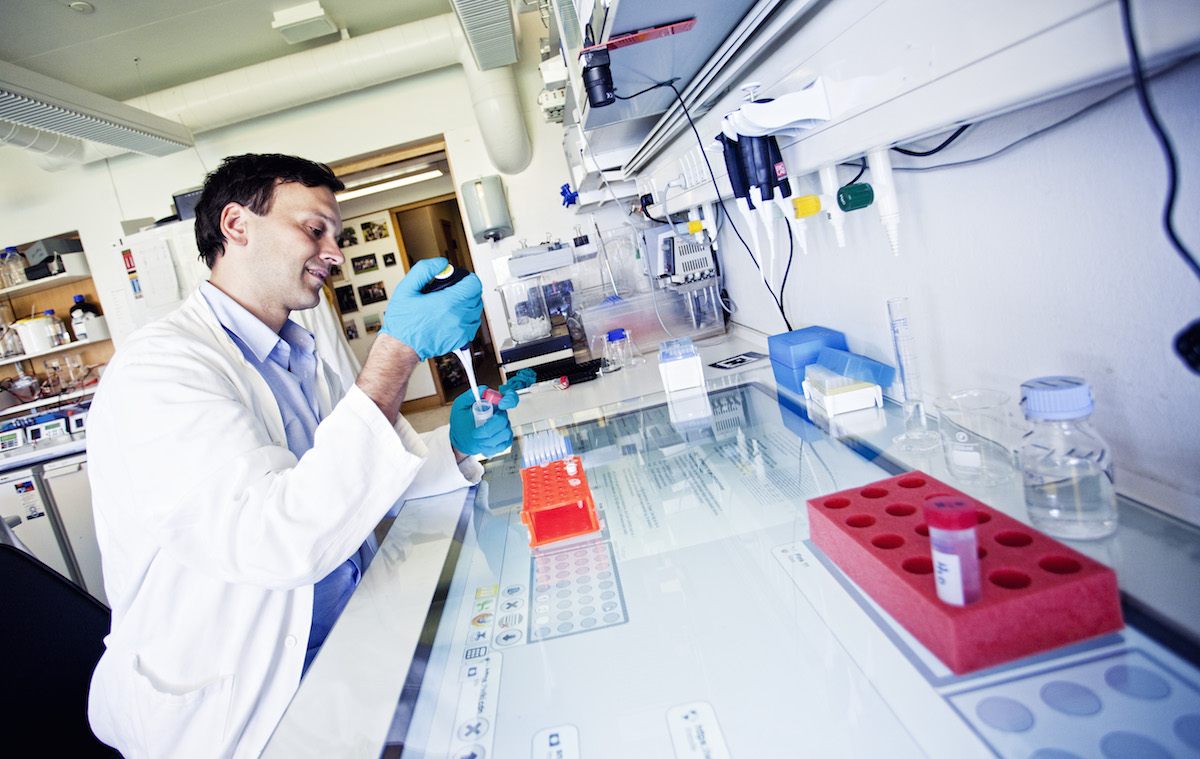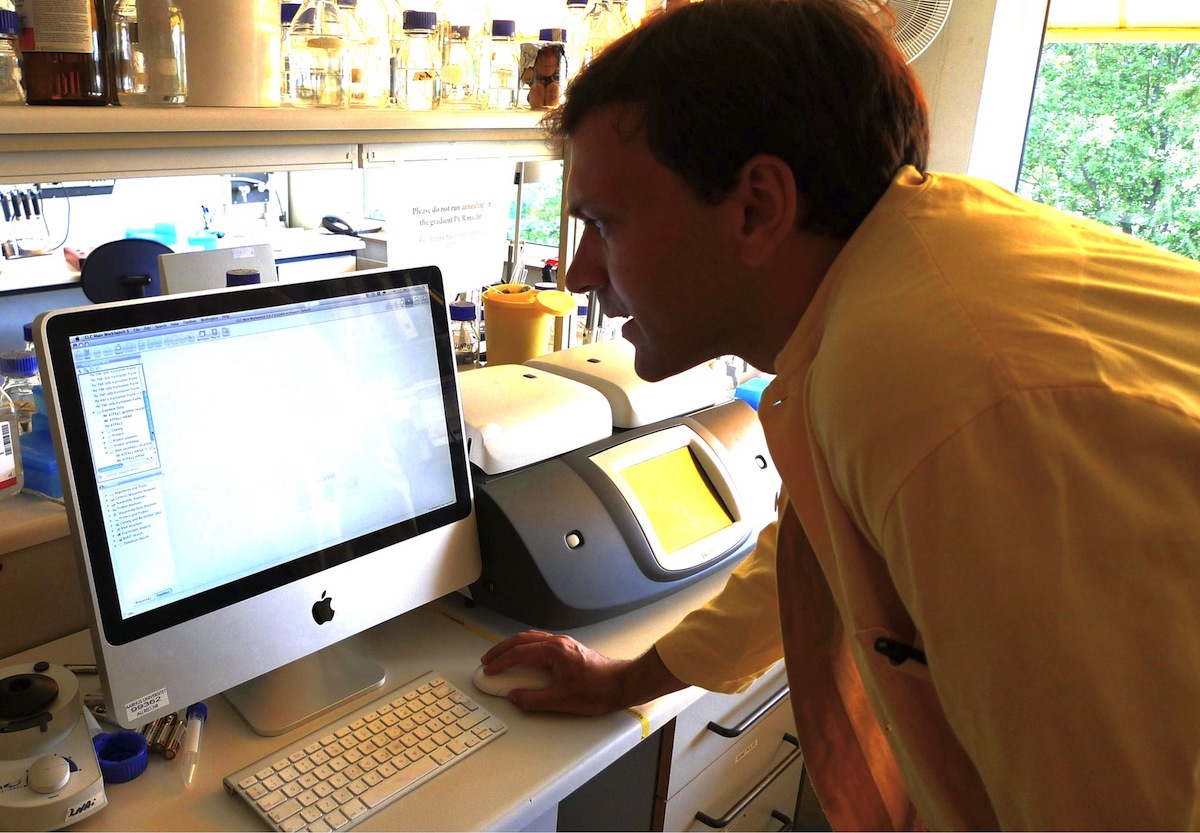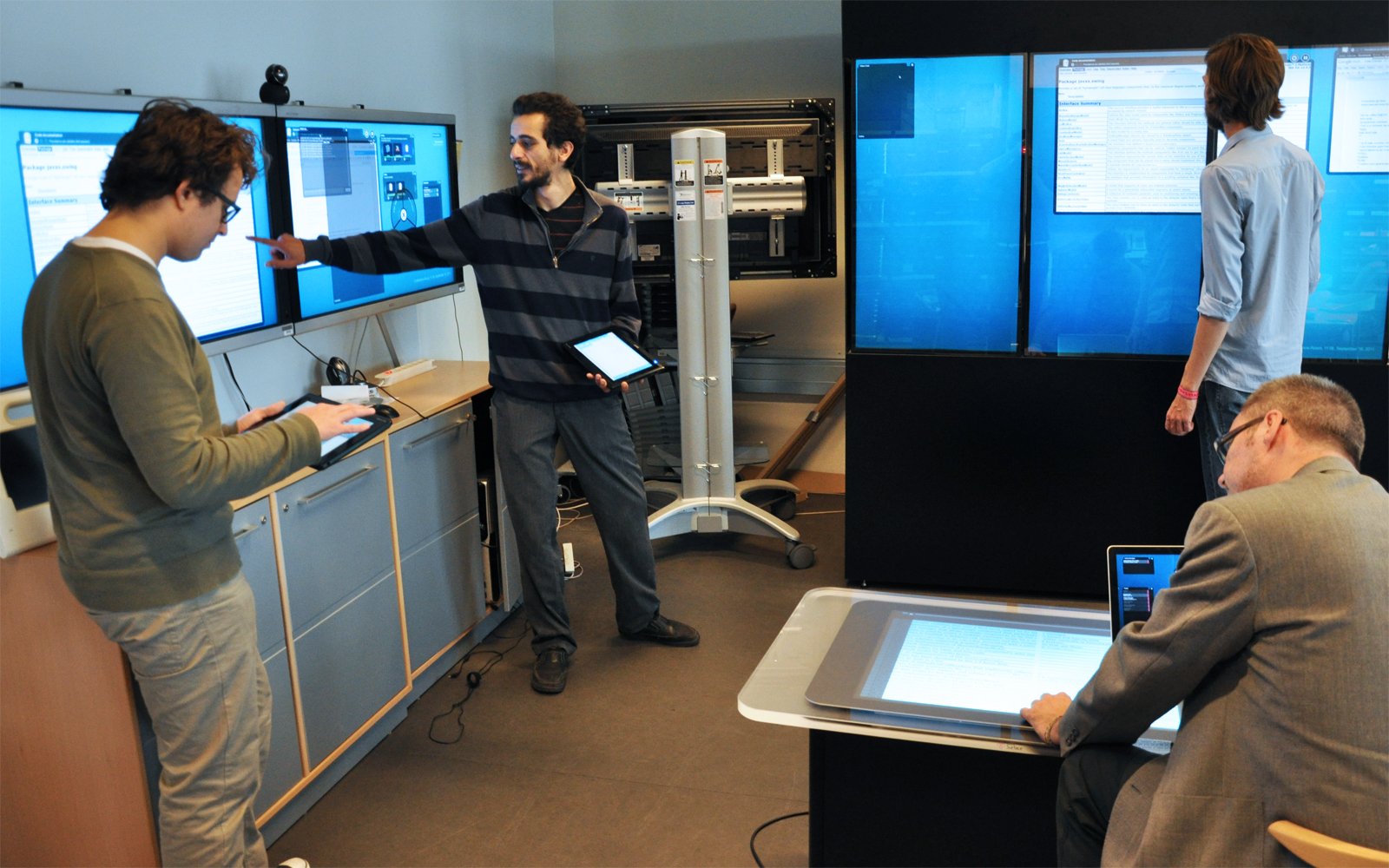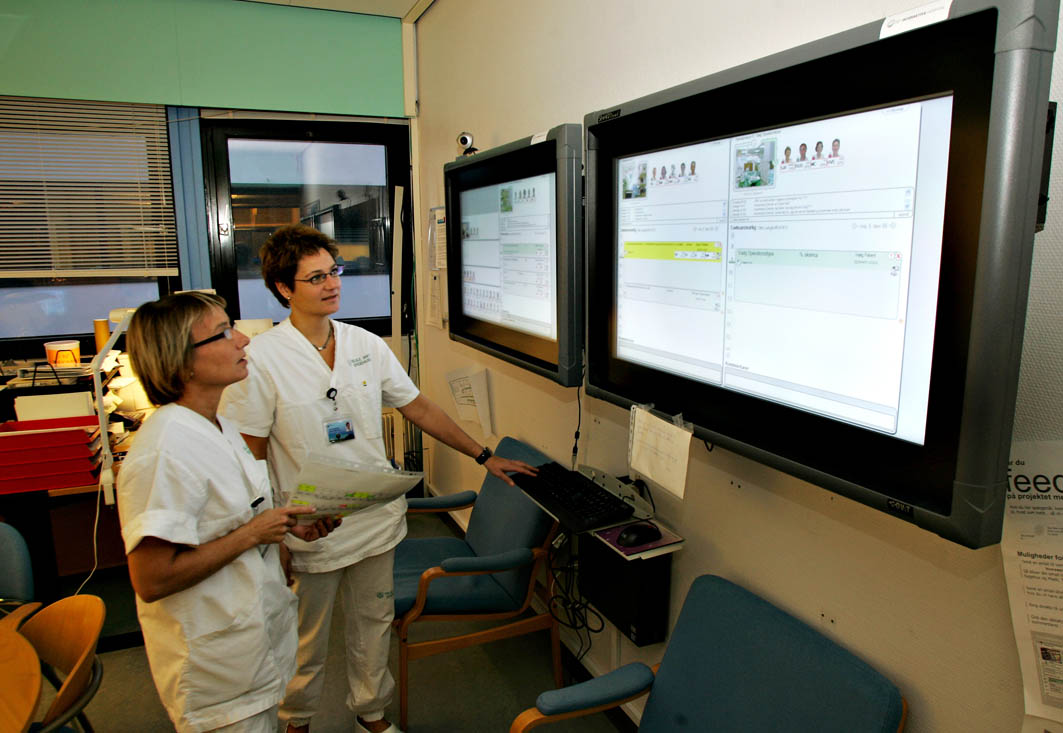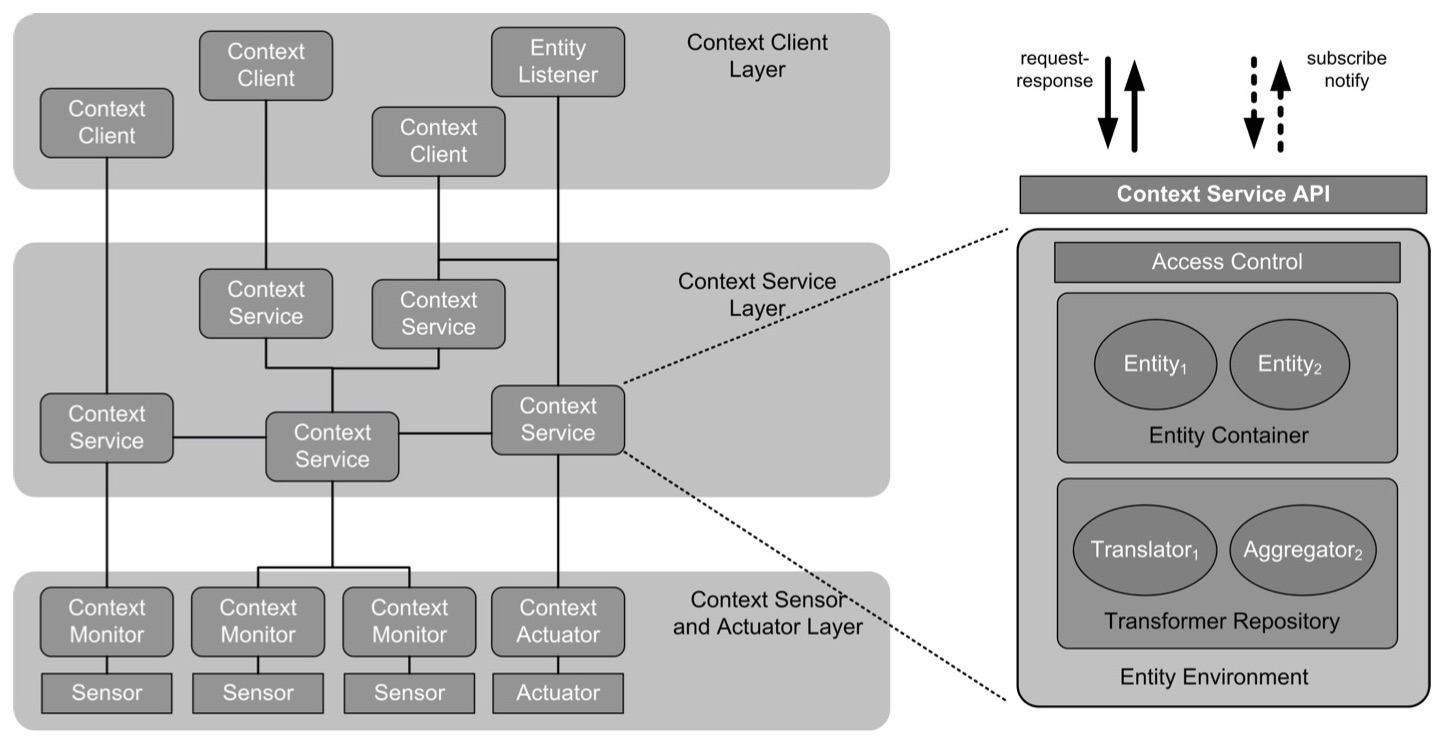The assessment of cognitive functioning is core to most mental health and chronic conditions. Cognitive problems are one of the most critical comorbidities of many diseases. Hence, it is essential to be able to assess cognitive functioning, such as working memory, reaction time, spatial-visual skills, executive functioning, etc.
Continue reading “Cognitive Assessment Technology”The CARP Mobile Sensing Framework
The CARP Mobile Sensing Framework – CAMS for short – is a programming framework for adding digital phenotyping capabilities to your mobile (health) app . CAMS is designed to support two things:
- collection of sensor data from the smartphone on-board sensors and attached off-board wearable devices, and
- triggering of “user tasks” such as a survey or a cognitive test.
Behavioral Activation Technology
Behavioral activation is a 3rd generation behavior therapy for treating depression. We have built two different smartphone-based technologies supporting behavioral activation; MORIBUS and MUBS. MORIBUS is an app for patients to plan and track healthy activities designed to be part of BA therapy with a trained therapist, while MUBS utilizes machine learning techniques for recommending healthy activities to patients and is designed to be used stand-alone outside therapy.
Continue reading “Behavioral Activation Technology”Distributed SCRUM Board
The Distributed SCRUM Board — or just dBoard — is a digital Scrum Board for distributed Agile software development teams . The dBoard is designed as a ‘virtual window’ between two Scrum team spaces. It connects two locations with live video and audio, which is overlaid with a synchronized and interactive digital Scrum board, and it adapts the fidelity of the video/audio to the presence of people in front of it.
Continue reading “Distributed SCRUM Board”eLabBench – The Electronic Laboratory Workbench
The Electronic Laboratory Workbench (eLabBench) is an interactive laboratory workbench integrating wet-lab biology experimentation with digital bioinformatics analysis .
Continue reading “eLabBench – The Electronic Laboratory Workbench”
The Mini-Grid Framework
The main challenges with existing Grid Computing approaches is that they require high technical knowledge and dedicated hardware and software resources. For these reasons, the deployment and operational cost of such grid systems is substantial, preventing their adoption and direct use by non-technical organizations and users, such as biological researchers in a small university lab. Only a relatively few dedicated scientists use the classic grids like Globus; and setting up projects in volunteer computing grids like BOINC is rather centralized and require running a dedicated server infrastrucure.
In contrast to these large-scale grid infrastructures, our goal has been to create a distributed and ad-hoc grid computing platform for scientist to use as part of their work in the biology laboratory.
ReticularSpaces
In general, most contemporary computing (hardware, operating systems, and applications) lack support for multitasking, mobility and collaboration across multiple devices. ReticularSpaces was designed as a multi-device smartspace technology for collocated collaboration.
It consists of a runtime infrastructure for ad-hoc discovery and integration of collocated devices, and a novel user interface technology for interacting with touch-enabled interactive displays ranging from small personal digital assistants (PDAs) to very large wall-based and tabletop displays.
AWARE Architecture with AwarePhone and AwareMedia Applications
The AWARE architecture was built as part of the AWARE project. The architecture was a general-purpose architecture for maintaining ‘context-based social awareness’ within a workplace . It was designed to support the safety- and time-critical work on a surgical department and supported two proof-of-concept end-user applications; the AwarePhone and AwareMedia systems .
Continue reading “AWARE Architecture with AwarePhone and AwareMedia Applications”
Java Context-Awareness Framework (JCAF)
Context-awareness covers the idea of computers reacting upon, and adapting to the user’s context, e.g. location, time of day, the specific task the user is engaged in, etc. Context is sensed by tracking location of persons and objects, through sensors in the environment, and by trying to understand what the user is doing, by e.g. looking in his or her calendar.
